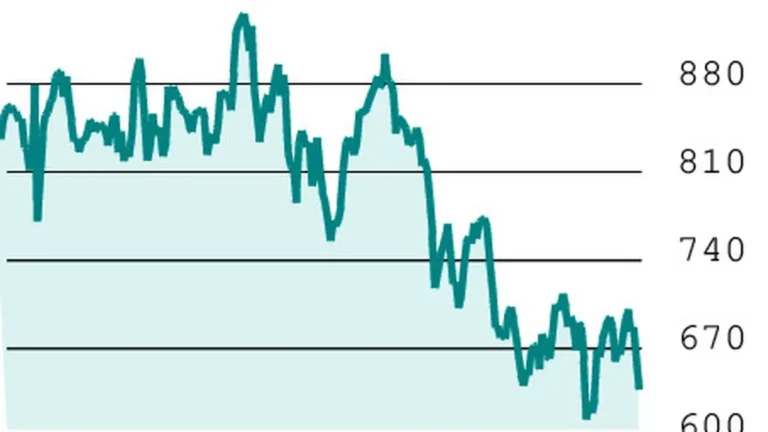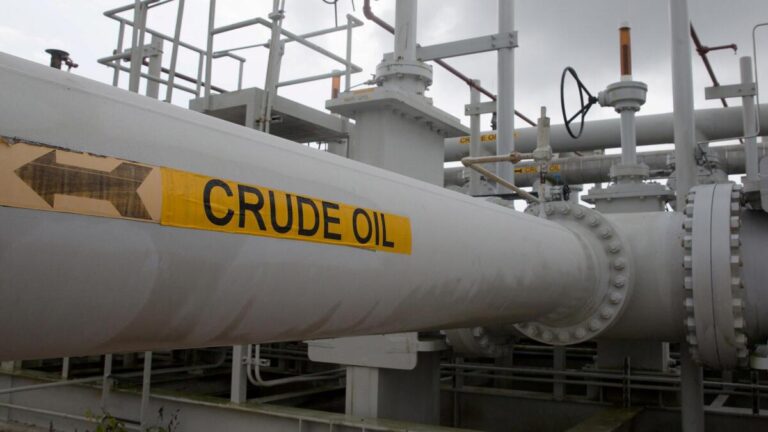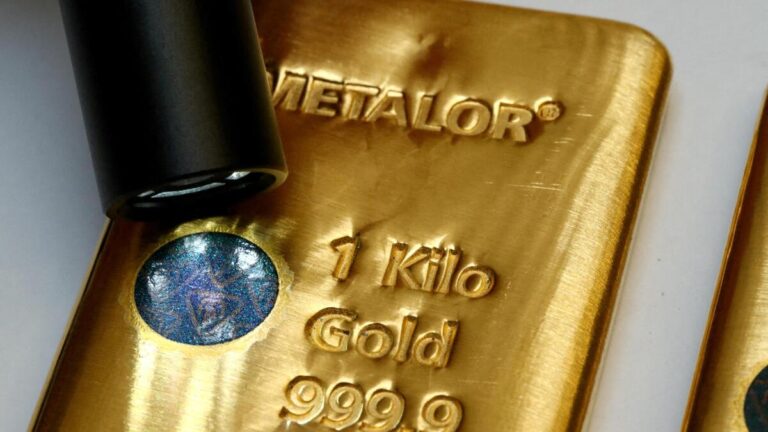Crude oil futures traded lower on Wednesday morning after industry data showed an increase in US inventories for the week ending May 9.
At 9.59 am on Wednesday, July Brent oil futures were at $66.30, down by 0.50 per cent, and June crude oil futures on WTI (West Texas Intermediate) were at $63.38, down by 0.46 per cent. May crude oil futures were trading at ₹5,417 on Multi Commodity Exchange (MCX) during the initial hour of trading on Wednesday against the previous close of ₹5,430, down by 0.24 per cent, and June futures were trading at ₹5,399 against the previous close of ₹5,414, down by 0.28 per cent.
According to the industry body American Petroleum Institute (API), crude oil inventories in the US increased by 4.29 million barrels for the week ending May 9. Market was expecting it to decline by around 2 million barrels during the period. US is a major consumer of crude oil in the global market.
Official data on crude oil inventories from the US EIA (Energy Information Administration) is expected later on Wednesday. This will give a clear picture of the crude oil inventory levels in the US.
Meanwhile, data released by the US Bureau of Labor Statistics showed a decline in the US inflation in April. The annual inflation rate in the US declined to 2.3 per cent in April from 2.4 per cent in March. It was below forecasts of 2.4 per cent for April.
In their Commodities Feed for Wednesday, Warren Patterson, Head of Commodities Strategy of ING Think, and Ewa Manthey, Commodities Strategist, said ICE Brent rallied by almost 2.6 per cent on Tuesday, reaching its highest since late April. A weaker US dollar following a cooler-than-expected US consumer price index provided some tailwinds to the oil market.
They said the key catalyst is the threat of further sanctions on Iranian oil exports. On Tuesday, the US Treasury sanctioned a network that facilitates shipments of Iranian crude oil to China. The US President Donald Trump said tougher sanctions are possible if an Iran nuclear deal isn’t struck.
Though Trump has repeatedly threatened to drive Iranian oil exports to zero, it is unlikely, they said, adding, there is certainly room for a sizable reduction, with Iran currently exporting in the neighbourhood of 1.6 million barrels a day. In 2019, Iranian oil exports averaged around 600,000 barrels a day after Trump reimposed sanctions in late 2018.
The Commodities Feed noted that lower Iranian oil flows should be welcomed by other members from the Organisation of the Petroleum Exporting Countries and allies, known as OPEC+, as it provides room to increase output.
“For now, all signs suggest that OPEC+ will likely continue with aggressive supply hikes. We’ll have to wait until June 1 to see what the group decides for its output policy for July. Already announced supply hikes by OPEC+ should be welcomed by Trump, given his desire to see lower oil prices. However, he may want to be careful on how low prices go, given the impact it will have on the US oil industry, causing a pullback in drilling activity,” it said.
May aluminium futures were trading at ₹242.10 on MCX during the initial hour of trading on Wednesday against the previous close of ₹239.65, up by 1.02 per cent.
On the National Commodities and Derivatives Exchange (NCDEX), May guargum contracts were trading at ₹9555 in the initial hour of trading on Wednesday against the previous close of ₹9614, down by 0.61 per cent.
May turmeric (farmer polished) futures were trading at ₹14722 on NCDEX in the initial hour of trading on Wednesday against the previous close of ₹14808, down by 0.58 per cent.
More Like This
Published on May 14, 2025















